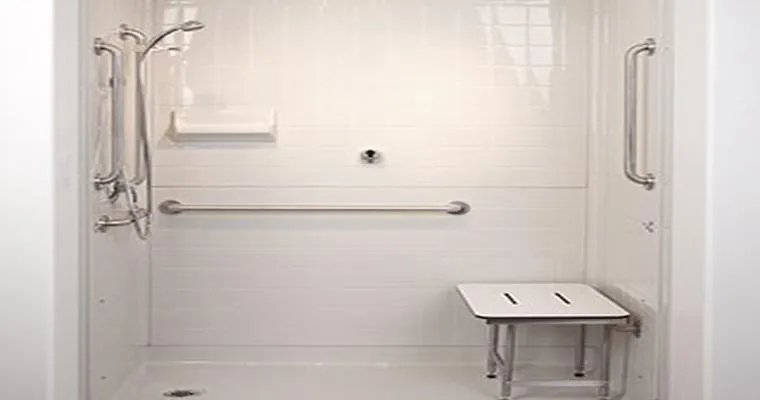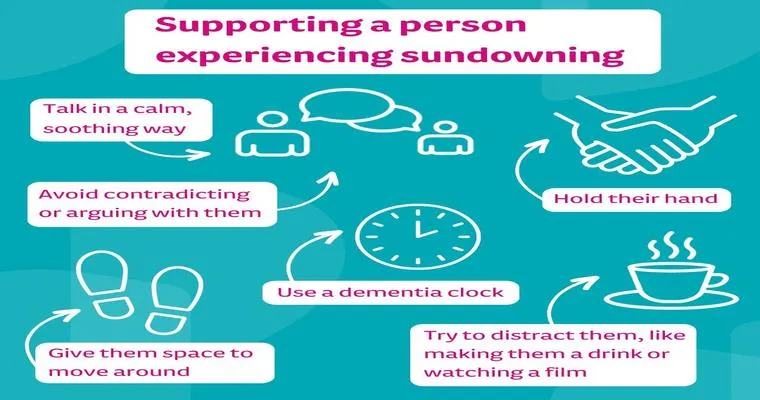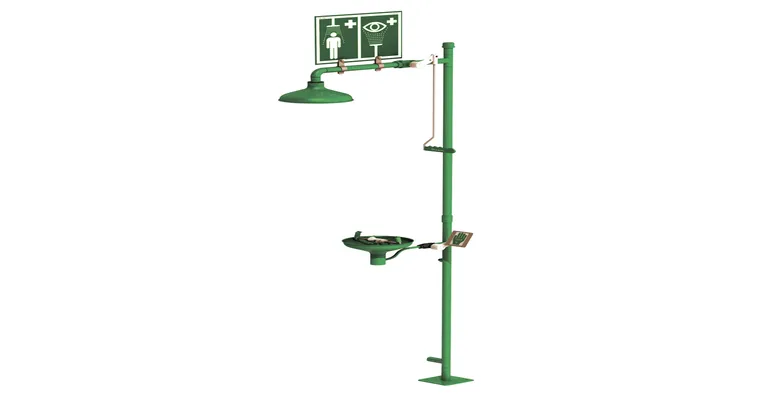If you are considering "bath modification", you are likely seeking ways to enhance the safety, accessibility, and comfort of your bathing experience. Whether due to aging, a disability, or simply the desire for a more functional space, bath modifications can significantly improve your daily routine. In this article, we will explore various options available to you and how to approach the process of making these essential changes.
Understanding Bath Modifications
Bath modification refers to a range of alterations made to a bathroom to accommodate specific needs. This can include installing "grab bars", replacing a traditional tub with a "walk-in shower", or adjusting the height of sinks and toilets. Understanding the specific modifications you need is the first step in the process. Assess your current bathroom setup and identify the areas that pose challenges.
Assess Your Needs
Before diving into the world of modifications, take the time to evaluate your personal requirements. Consider the following questions:
Are you experiencing difficulty getting in and out of the bathtub?
Do you need additional support while bathing?
Is there a need for non-slip surfaces to prevent falls?
By answering these questions, you can create a clear picture of your needs and prioritize the modifications that matter most.
Research Available Options
Once you have identified your needs, the next step is to research the various "bath modification" options available. Here are some popular choices:
1. "Walk-in Tubs": These tubs have a door that allows easy access without the need to step over a high barrier. They are designed with safety features such as built-in seating and non-slip surfaces.
2. "Grab Bars": Installing grab bars near the bathtub, shower, and toilet can provide essential support and stability when moving around the bathroom.
3. "Shower Seats": A foldable shower seat can make bathing more comfortable and safer, allowing individuals to sit while showering.
4. "Non-Slip Flooring": Consider replacing your current flooring with non-slip tiles or mats to reduce the risk of slips and falls.
5. "Adjustable Showerheads": Installing a handheld showerhead can increase flexibility and make it easier to bathe while seated.
Consult a Professional
Once you have a list of potential modifications, it’s wise to consult with a professional. An experienced contractor or occupational therapist can provide valuable insights into the best modifications for your specific situation. They can help ensure that the changes meet safety standards and comply with local building codes.
Create a Budget
Bath modifications can vary significantly in cost, depending on the extent of the changes you wish to make. Creating a budget will help you prioritize modifications and avoid overspending. Consider researching potential financial assistance programs or grants available for home modifications, especially if you are a senior or have a disability.
Plan for the Installation
Once you have settled on the modifications and budget, plan for the installation. Ensure that you choose a reputable contractor with experience in bathroom modifications. Discuss timelines, materials, and any potential disruptions to your daily routine during the installation process.
Maintain Your Modifications
After your modifications are complete, it is essential to maintain them to ensure their longevity and effectiveness. Regularly check grab bars and other fixtures for stability, and keep the space clean and free from hazards.
Conclusion
In summary, if you find yourself asking, "What can I do about the "bath modification" I need?" start by assessing your needs, researching available options, consulting professionals, and planning effectively. With careful consideration and the right modifications, you can create a safer and more enjoyable bathing environment tailored to your requirements. Remember that investing in bath modifications is an investment in your comfort and well-being.





